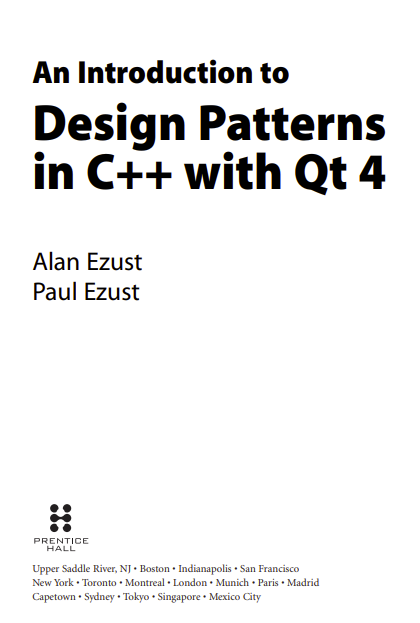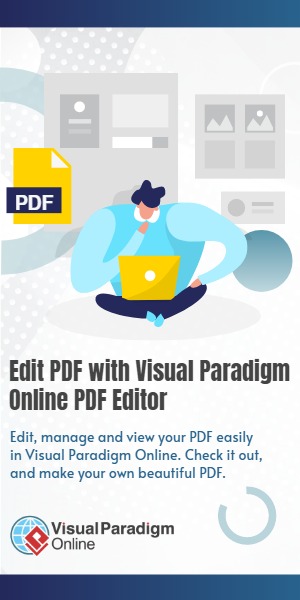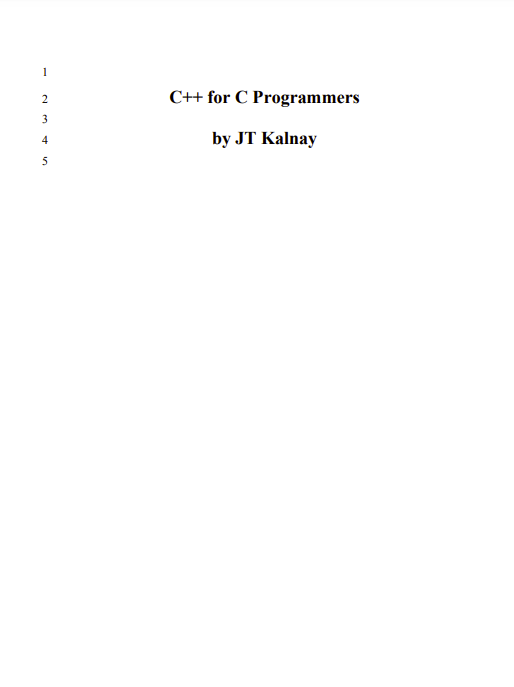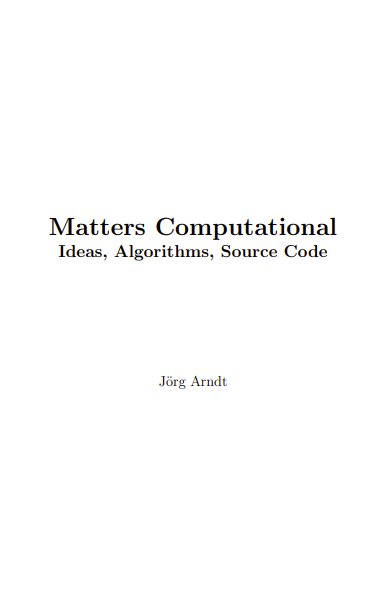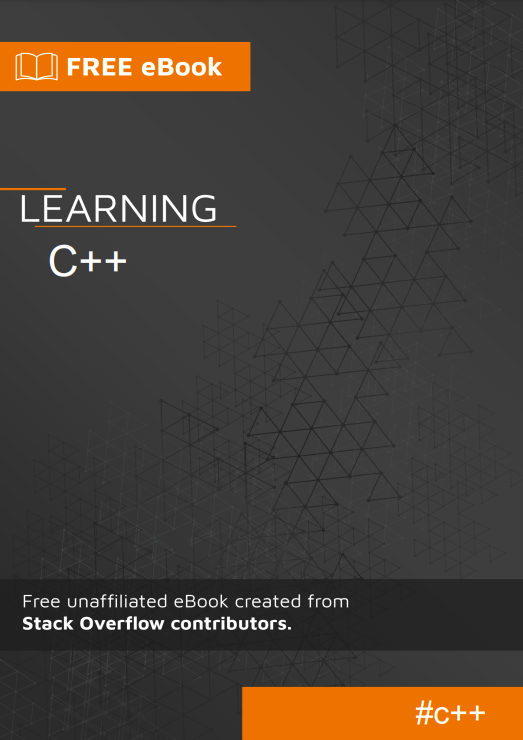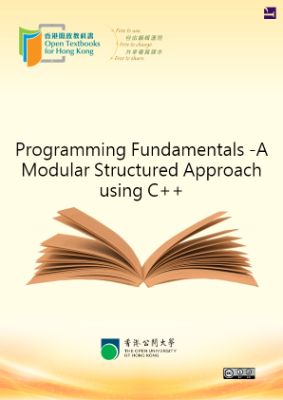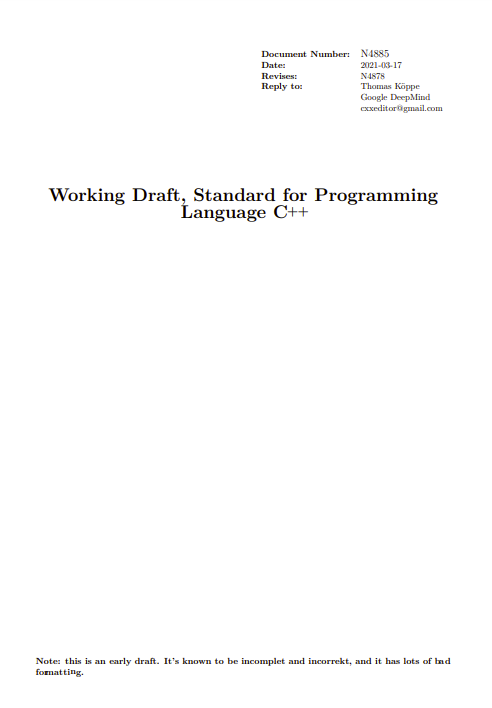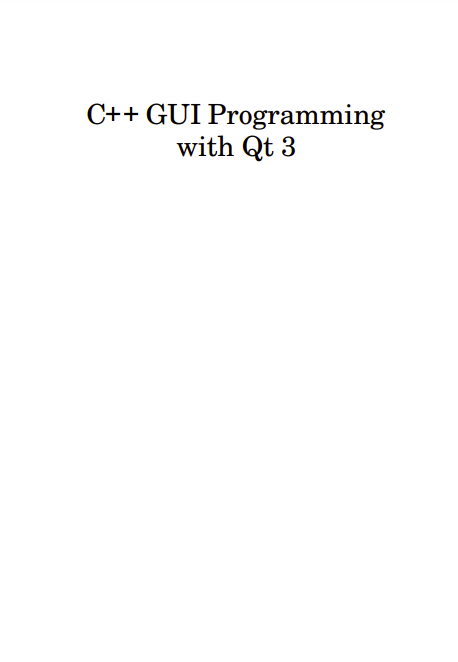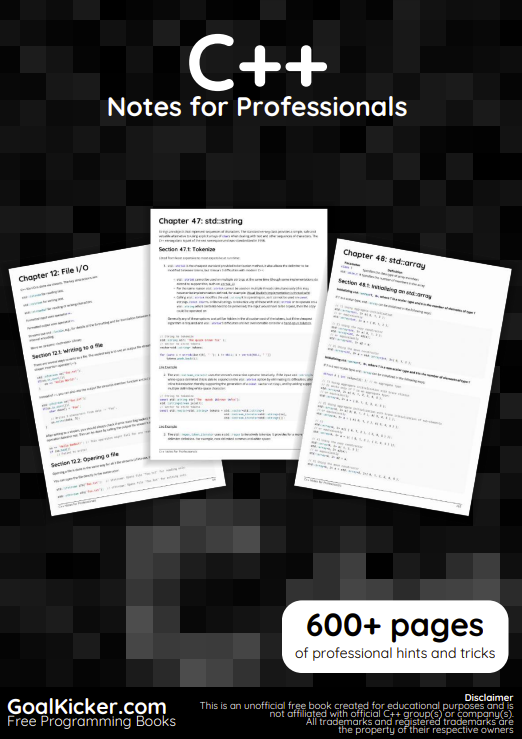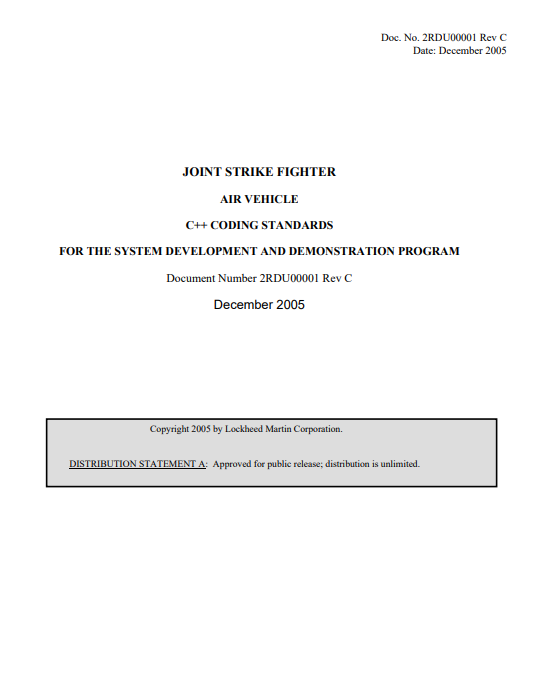Overview of C++
C++ was originally an extension to C, also known as “C with Objects.” It enhances C by adding several higher-level features such as strong typing, data abstraction, references, operator and function overloading, and considerable support for object oriented programming.
C++ retains the key features that have made C such a popular and successful language: speed, efficiency, and a wide range of expressiveness that allows programming at many levels, from the lowest (such as direct operating system calls or bitwise operations) to the highest level (manipulating large complex objects or graphs of objects).
A fundamental design decision was made at the beginning for C++: Any features added to C++ should not cause a run-time penalty on C code that does not use them.1 Certainly, there are added burdens on the compiler, and some features have a run-time cost if they are used, but a C program that is compiled by a C++ compiler should run just as fast as it would if compiled by a C compiler.
1.2 A Brief History of C++
C++ was designed by Bjarne Stroustrup while he was working for AT&T Bell Labs, which eventually packaged and marketed it. Initial versions of the language were made available internally at AT&T beginning in 1981. C++ steadily evolved in response to user feedback.
The first edition of Stroustrup’s book, The C++ Programming Language, was published in early 1986. In 1989 with the release of Version 2.0, C++ was rapidly acknowledged as a serious, useful language. In that year, work began on establishing an internationally recognized language standard for C++.
Standardization under the control of ANSI (American National Standards Institute) Committee X3J16 began in 1989 and was completed and published internally in 1997 by the X3 Secretariat under the title Draft Standard—The C++ Language, X3J16/97-14882, Information Technology Council (NSITC), Washington, DC. In June 1998, the draft standard was unanimously accepted by the representatives of the 20 principal nations that participated in the nine-year ANSI/ISO (International Standards Organization) effort.
The third edition of Stroustrup’s book [Stroustrup97], was published in 1997. It is widely regarded as the definitive C++ reference.
You can view an HTML version of the ANSI/ISO Draft Standard at http:// oop.mcs.suffolk.edu/draftstandard
